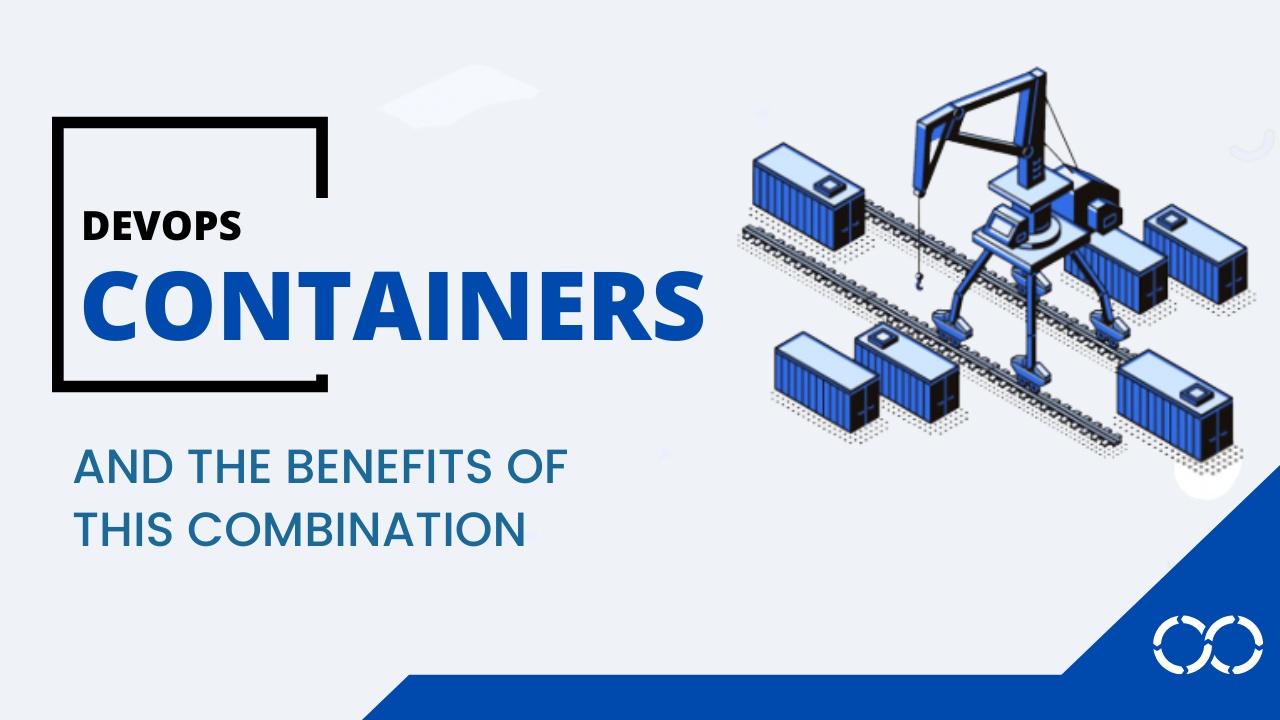Containers package an application’s libraries, source code, configuration files, and dependencies into a single object. This single box is used as a reference to run many small microservices or big software applications. It also provides a scope of OS-level virtualization, which users can access with an OS on the server or main machine. Now it functions as an isolated resources method and gives assurance of reliable deployments without any worries about the environment consistently. In this post, you will also learn why containers and DevOps go together and the benefits of this combination.
What are DevOps Containers?
Containers are used for virtualizing an operating system. It is a tool that packs together the code and all its essential dependencies required to run, test, and keep an application. With the help of containerization, the DevOps and DevSecOps teams can develop, test, and store the apps safely in a secure environment/cloud. By placing the applications and the necessary codes in a container, teams can ease the process and allow full coordination among developers, testers, and operational teams. Although almost all containers can handle small and large applications, DevOps often uses multiple containers for extensive applications.
Advantages of DevOps containers
Containerization is a popular and easy way of streamlining the design, testing, and deploying applications on one or multiple production environments. For example, it can be done from a developer’s laptop to the cloud.
- Better flexibility: It offers improved flexibility, as it can be deployed for different types of operating systems, hardware platforms, and software programs.
- Cost-effective: Containers need lesser resources and memory when compared to a VM. Therefore, containers don’t need the expensive needs of a VM. This helps teams to lower cloud computing costs.
- Reliable operation: Irrespective of where the systems are deployed, they can function normally with the help of containers.
- Improved production: Containers help users to deploy faster, patch, and scale applications.
- Lower overhead: Since containers do not have operating systems’ images, they need fewer system resources than traditional machine environments or VM hardware.
- Security: DevOps containers don’t interact with other containers in the environment, so the whole network is not disturbed if one container breaks down. Hence, the effects of incidents like hacking or a major crash are always quarantined to a single container.
Ready to automate dev & ops to shorten the SDLC?
Talk to our experts today & see how they can help to fulfill your business objectives.
Use cases of DevOps containers
There is a long list of advantages that DevOps containerization brings when it comes to DevOps, and some of the critical points are being discussed here:
- Seamlessly handle microservices architecture:
With DevOps containers, it’s easy to handle microservices architecture. After the applications and microservices have been allotted to individual container building blocks, the users can easily separate, deploy, and scale.
- Platform as a service :
Containers are also used to create platforms to remove the need for manual infrastructure management as they standardize the process of deploying and managing applications simultaneously.
- Batch processing :
Batch-processing jobs can be packed into containers, and you can also start jobs or scale them with improved flexibility to fulfill the requirements.
- DevOps continuous delivery :
Added benefits of a container can be unlocked similar to refactoring as containers support simplified images from the same container that can create and deploy with DevOps continuous delivery.
With containers, you can attain faster DevOps delivery without compromising the quality. They easily fit the goal of both DevOps and DevSecOps by offering users a secure environment where they can quickly develop, deploy, test, and run different functional needs simultaneously. This way, the development-delivery cycles are in sync with the security-testing cycles, and DevOps can deliver the best products faster. ISmile Technologies sees DevOps as a no-touch Continuous Integration/Continuous Deployment (CI/CD) driven software delivery approach. With this approach, a single integrated delivery function from requirements to production will provide better business values to customers efficiently. Schedule your free assessment today.










